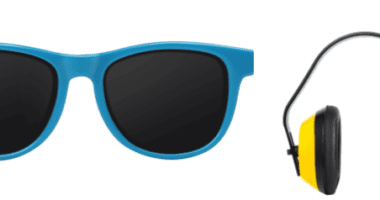Teaching Tools & Materials
Select a tool to learn more about it—what it is, where to find it in the classroom, and how you can use it as a Teaching Artist. Use the filters to see if it is likely in the classroom or if you should bring it with you, and what specific need it might be addressing or support.
Remote Teaching and Learning Tip:
For resources beyond the GIVE Guide related to digital tools available to accommodate students with disabilities while teaching online, check out these Remote Teaching and Learning resources.






